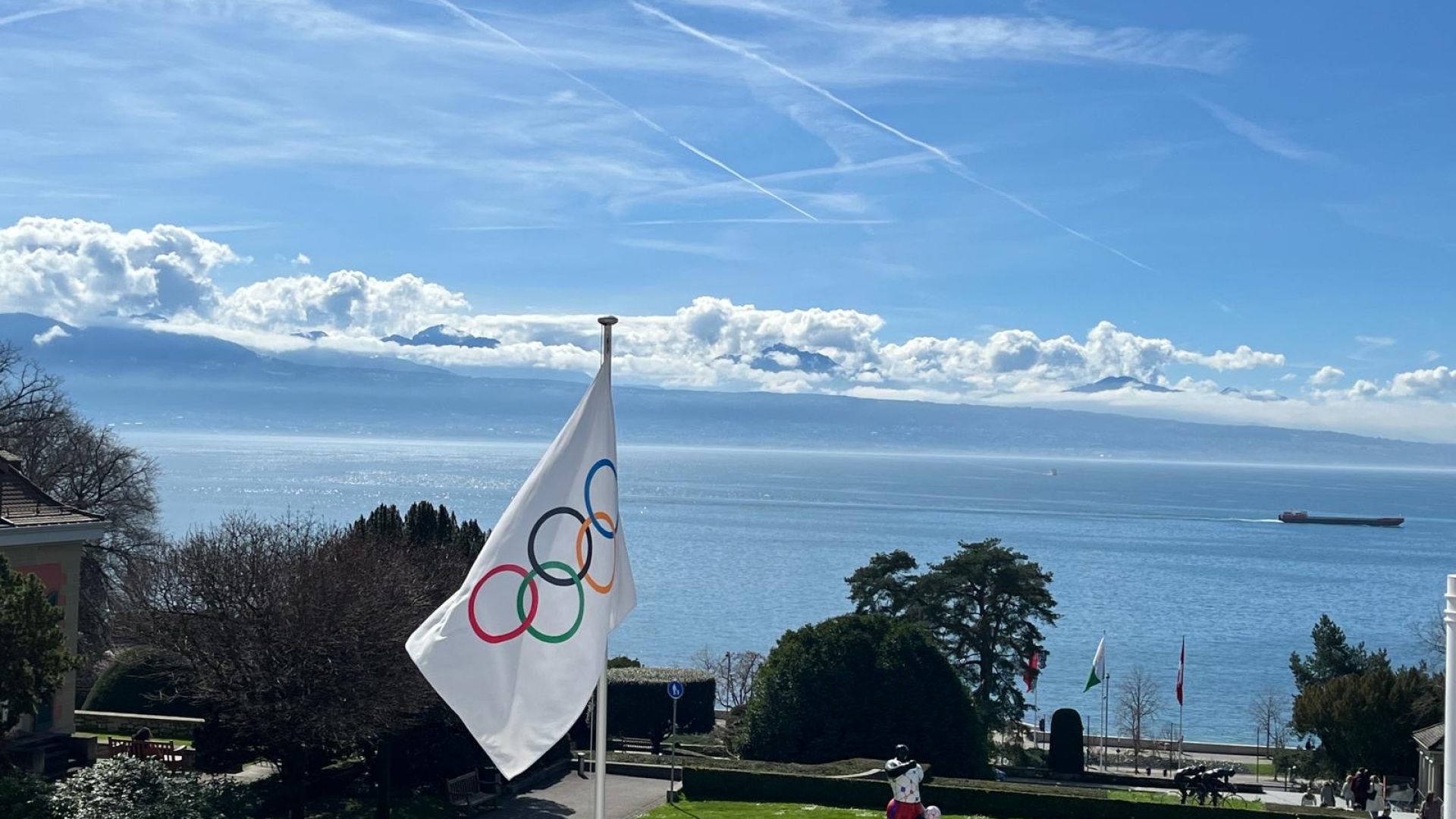
BNU PhD candidate makes first stop on Olympic research journey
Buckinghamshire New University's (BNU) PhD candidate Sonja Cimelli had the opportunity to visit the Olympic Studies Centre’s (OSC) in Lausanne, Switzerland, after being awarded a research grant from the International Olympic Committee’s (IOC) for her research project exploring breakdancing’s integration into the Olympic Games at Paris 2024. Read more about the research grant here.
Home to the IOC since 1914, as soon as I arrived in Lausanne it was immediately clear that it truly is the Olympic Capital of the world. A picturesque hillside city, my 15-minute daily walking commute was along the shoreline of Lac Léman (Lake Geneva) with views of the Alps.
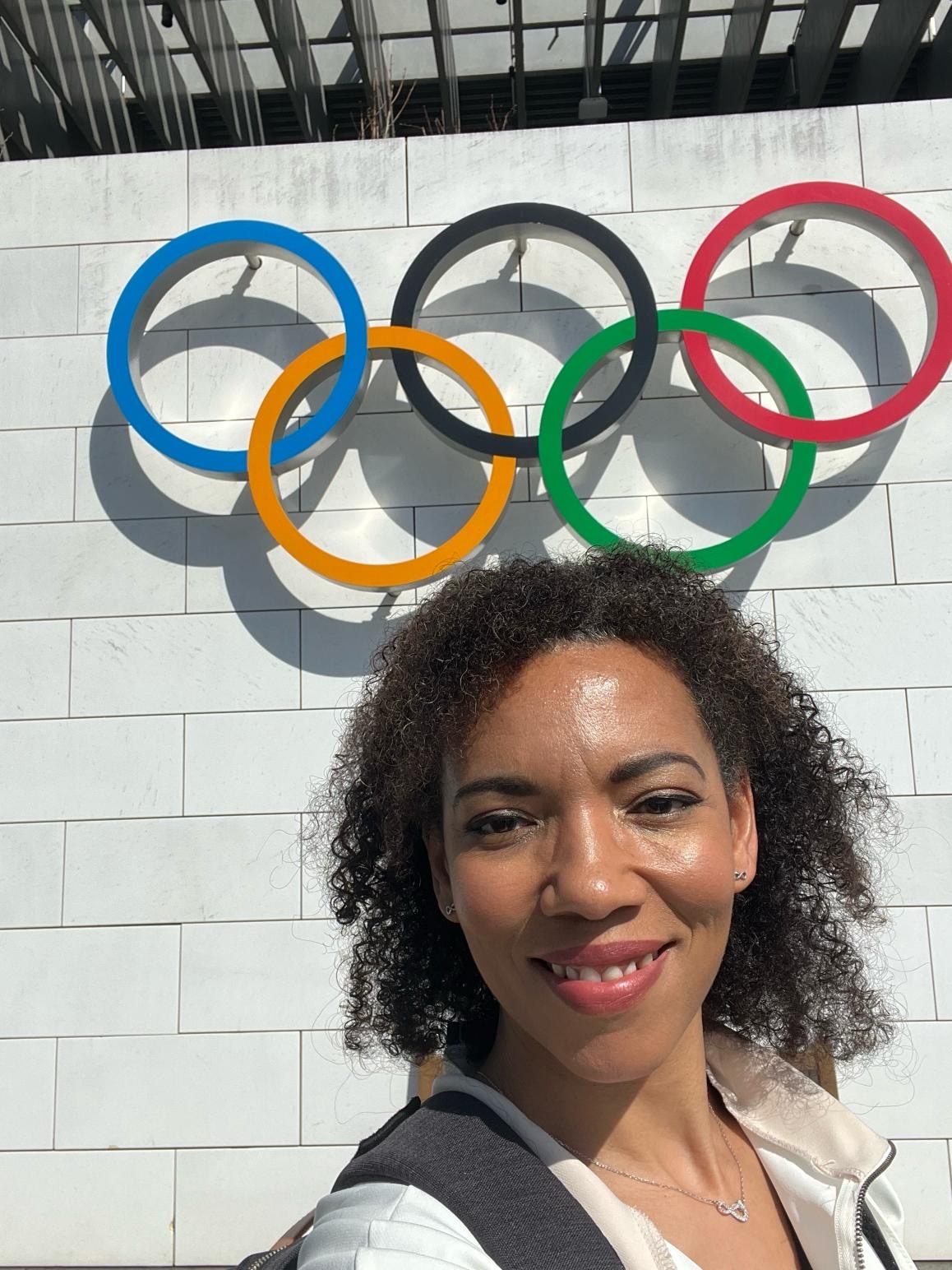
My office for the week was the OSC, located alongside the Olympic Museum, cradled within the Olympic Park. Everywhere I turned there were symbols of Olympism. The park contains several sculptures and installations relating to the Games.
The eternal Olympic Fire, lit in 1993, sits in front of a statue of Baron Pierre de Coubertin, the founder of the Modern Olympics.

The Olympic Studies Centre is a central source of reference for Olympic knowledge, containing academic books, journals, official IOC publications, and the reason I was there was to consult the IOC historical archives.
My project is an exploration of the judging system that will be used for Breaking in this summer’s Olympic Games in Paris. Given its foundations in hip hop culture, I am frequently asked, ‘how is Breaking an Olympic sport?’
This is generally followed by questions of how it will be judged. To answer the first point, it is important to recognise that art competitions were part of the Olympic Games from 1912 to 1948, drawing inspiration from the relationship between sport and art in Ancient Greece.
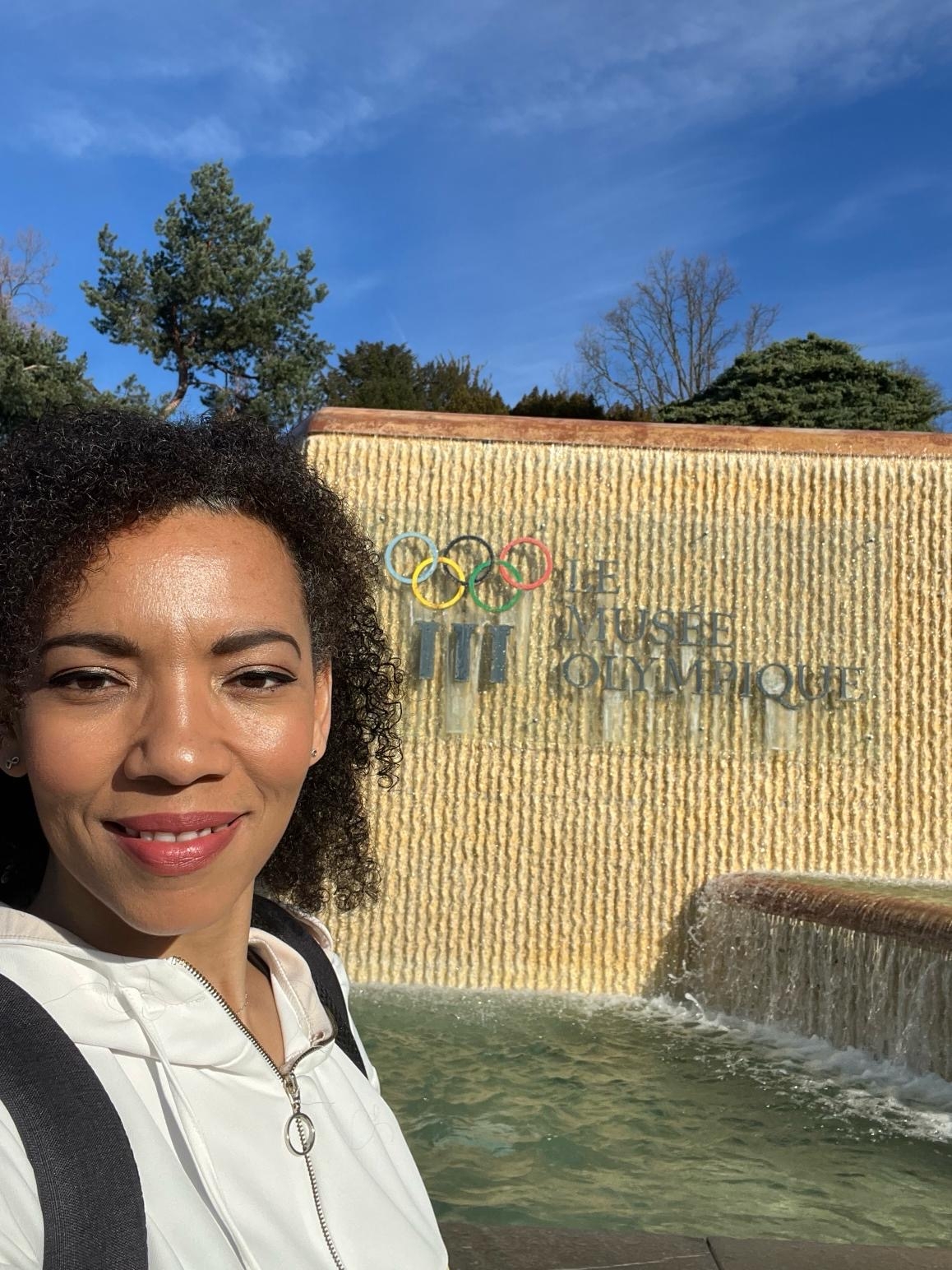
At the OSC I was able to consult the historical archive collections on the art competitions, touching documents and correspondence dating back over 100 years, I literally held Olympic history in my hands!
It is often assumed that Breaking, which will make its Summer Olympics debut this year, will be judged in a similar way to other artistic sports such as gymnastics or figure skating.
However, in Breaking the athletes (Bboys and Bgirls) compete head-to-head in battles, more akin to boxing than to other artistic sports. Furthermore, Breaking is more culturally allied to subcultures such as snowboarding and skateboarding which are already part of the Olympic programme.
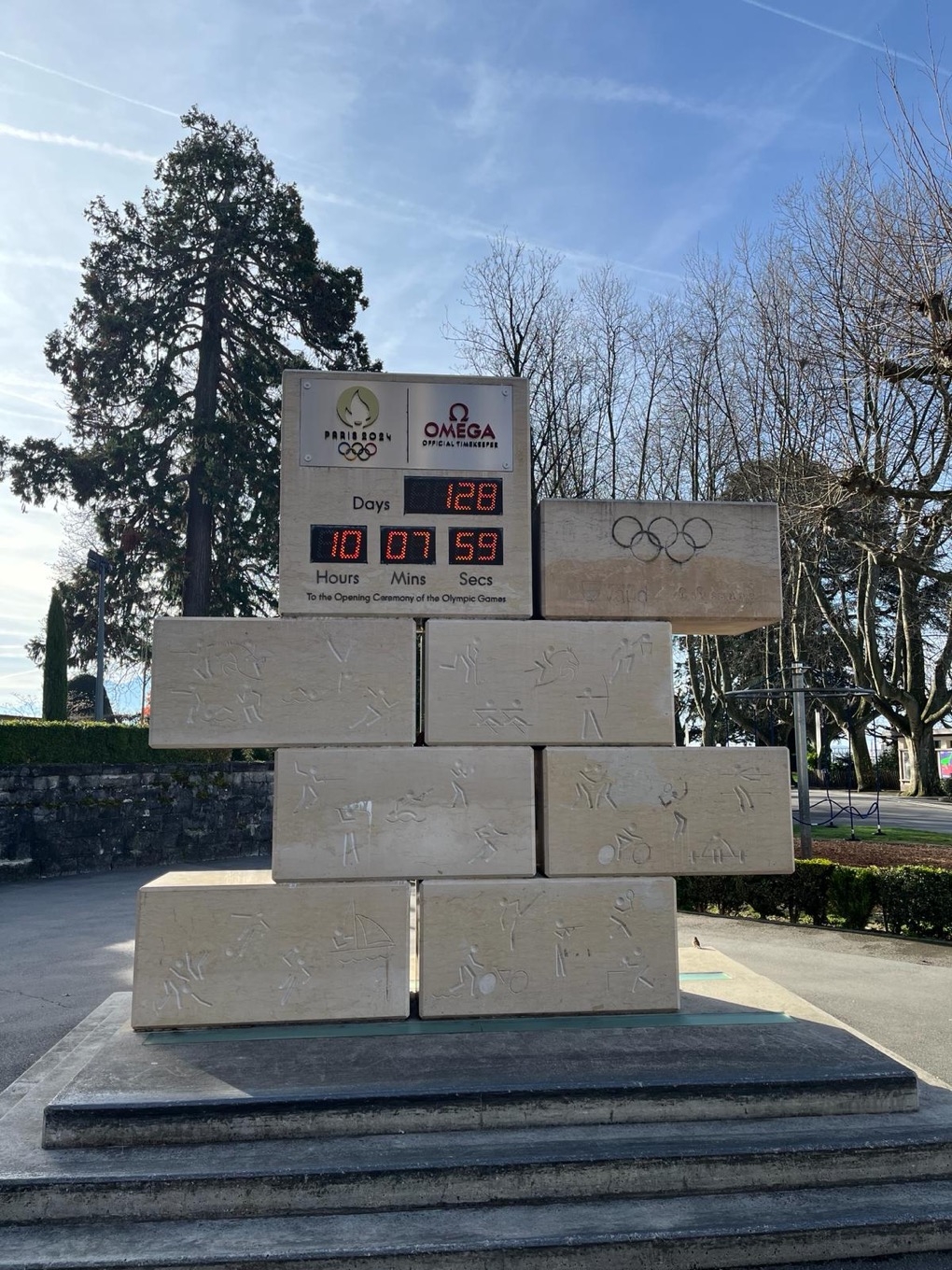
So, Breaking is this unique blend of sport, culture, and art, which positions it very clearly within the Olympic agenda, but equally foregrounds the complexities of judged sports. I was able to access the archives relating to these sports to gain an understanding of the factors which have influenced other judged sports through the decades, and gain insight of the history of Dance Sport within the Olympics.
I spent four busy days at the OSC, with the best office view across the Olympic Park and lake; I could easily have stayed longer, such is the wealth of information available there.
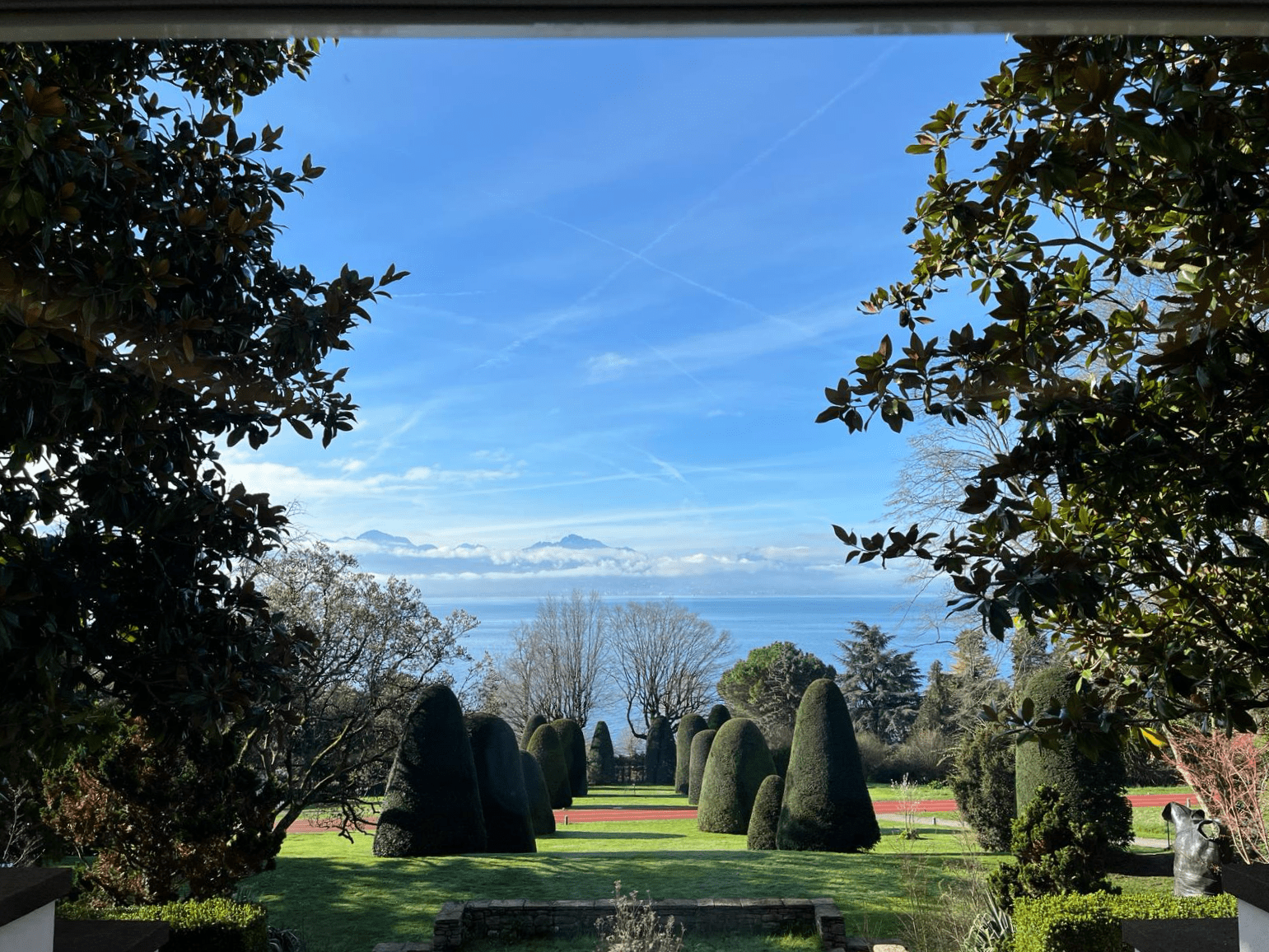
The archivists and all the staff at the centre were incredibly helpful and knowledgeable. It was a pleasure to meet with Laila Gintzburger, Project Manager for Academic Programmes and Nuria Puig, Manager Senior External Relations and Academic Programmes, their enthusiasm for the project was greatly appreciated.
This trip was an unforgettable opportunity and I look forward to one day returning to the Olympic Capital. The next stop however on this research journey is the Olympic Qualifier Series in Budapest, Hungary, where 40 of the best Bboys and Bgirls will compete for the final 10 Olympic places in June.
Then it will be Paris 2024 in what looks sets to be an historic Olympic Games!